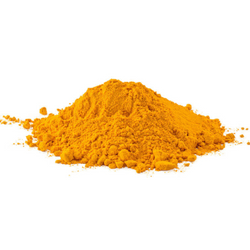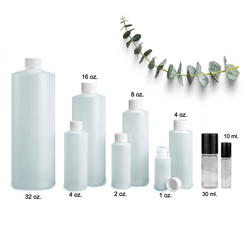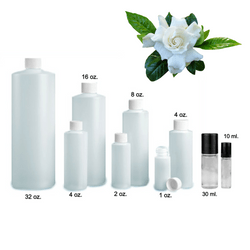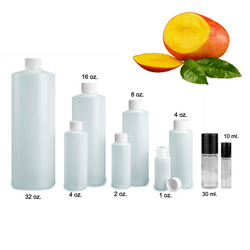
Global Bite Co. is a brand that aims to bring the flavors of the world to the doorsteps of its customers. Founded by a group of three travel enthusiast friends, each product tells a story and takes...
We are the discoverers of the first American medicinal ginseng.
Year after year we have cultivated it, and our family is now in its fourth generation of continuing this practice.
Burmei...
Halal Everyday isn’t just a brand that sells organic, NON-GMO, vegan, and fully halal products - it’s a lifestyle.
We hunt the globe for the finest halal goods, and our black seed...
Wholesale Turmeric Root Powder Organic Spice (Jar)
Wholesale Eucalyptus Fragrance Oil Herbal Fresh
Wholesale Gardenia Fragrance Oil Floral Scent
Wholesale Mango Fragrance Oil Tropical Aroma
Copyright 2025 Seebiz Inc. All rights reserved















